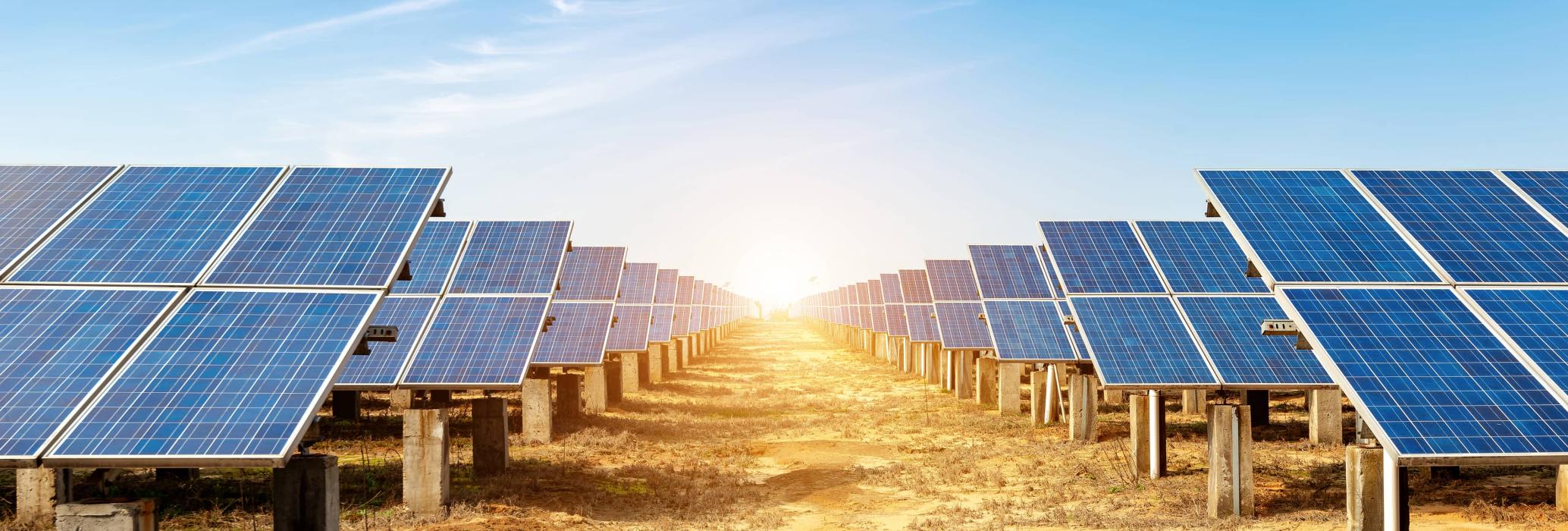Romania is undergoing a substantial transformation in its transportation and mobility sectors, propelled by ambitious policy frameworks, technological advancements, and infrastructure developments.
The National Recovery and Resilience Plan prioritizes green and digital transitions, aiming to modernize infrastructure and mitigate the socio-economic impact of the COVID-19 crisis. With a focus on sustainability, the Ministry of Transport and Infrastructure aims to enhance the efficiency and resilience of the national transport system while aligning with European standards. The country's automotive industry, valued at €27 billion, plays a crucial role in the economy, with significant exports and employment.
Romania is also making strides in electric vehicle adoption, exemplified by the popularity of models like the Dacia Spring, contributing to reduced emissions and air pollution.
However, challenges persist, including the need for expanded EV charging infrastructure and the modernization of railways to promote sustainable transportation. Looking ahead, Romania aims to address these challenges through strategic collaborations and investments, including partnerships with organizations like the European Institute of Innovation and Technology Urban Mobility. The findings below detail Romania's challenges and how it aims to address them to develop sustainable transportation, foster economic growth, and promote environmental stewardship in the years to come.

